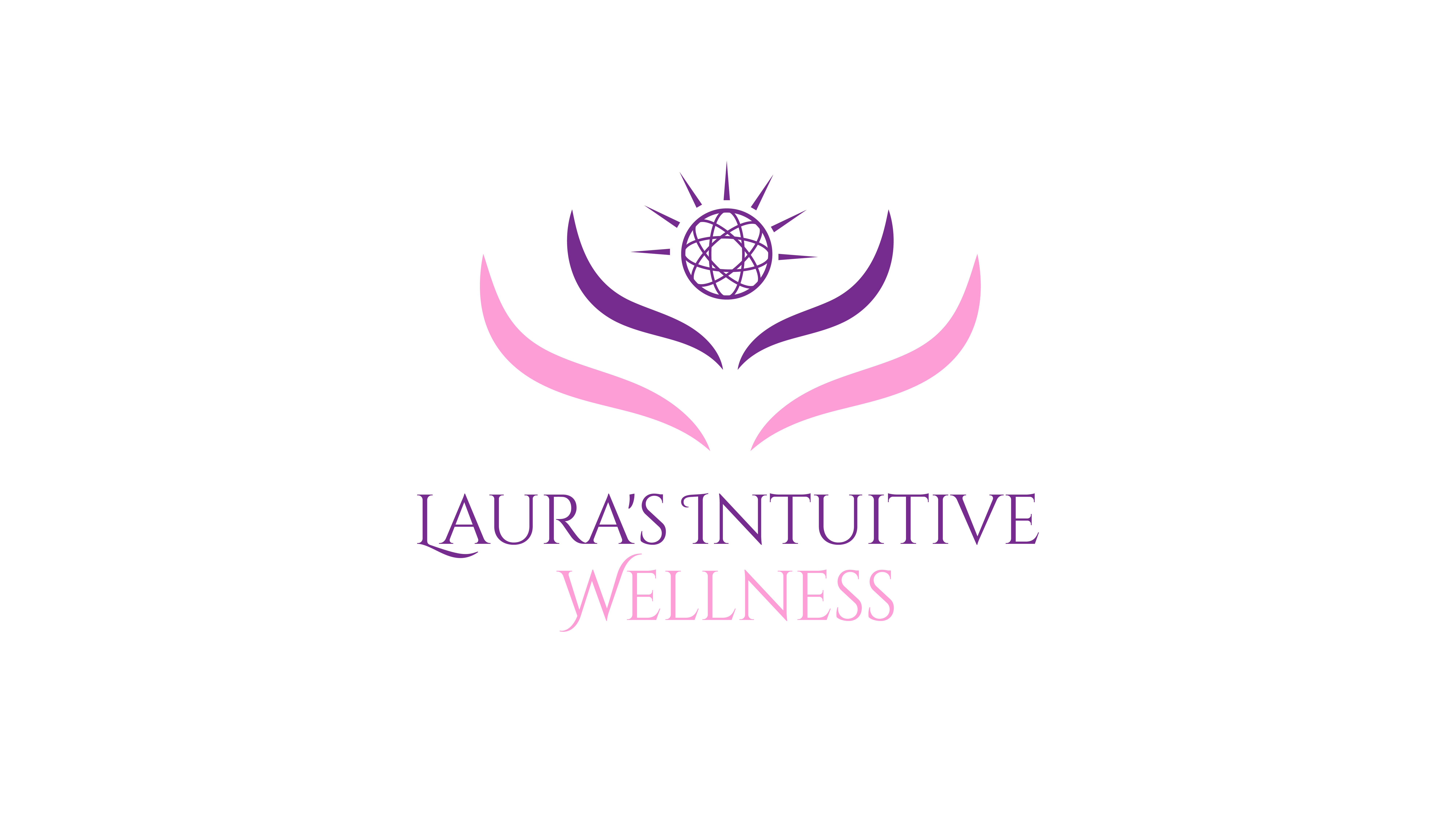The Transformative Power of Sound Healing with Tuning Forks and Sound Bowls
- Laura Hoffman

- 12 hours ago
- 3 min read

Sound healing has gained attention for its ability to promote relaxation, reduce stress, and support emotional balance. Among the many tools used in this practice, tuning forks and sound bowls stand out for their unique qualities and effects. These instruments create vibrations and tones that interact with the body and mind, encouraging a state of harmony and well-being. This post explores how tuning forks and sound bowls work, their benefits, and practical ways to experience sound healing.
How Sound Healing Works
Sound healing uses specific frequencies to influence the body’s energy and nervous system. When sound waves reach the body, they cause vibrations that can affect cells, tissues, and brainwaves. This process helps to:
Release tension and blockages
Improve circulation
Balance brainwave activity
Promote deep relaxation
Tuning forks and sound bowls produce clear, sustained tones that resonate with the body’s natural frequencies. This resonance can help restore balance and support healing on physical, emotional, and mental levels.
The Role of Tuning Forks in Sound Healing
Tuning forks are metal instruments that produce precise frequencies when struck. They are often used in sound therapy because of their ability to target specific areas or energy centers in the body.
How Tuning Forks Are Used
Direct application: Placing vibrating forks near or on the body to stimulate energy flow
Auricular therapy: Using forks around the ears to influence brainwave patterns
Chakra balancing: Aligning the body’s energy centers by applying forks tuned to corresponding frequencies
Benefits of Tuning Fork Therapy
Reduces pain and inflammation
Enhances mental clarity and focus
Supports emotional release and stress reduction
Improves sleep quality
For example, a session might involve striking a tuning fork and holding it near the wrist or spine, allowing the vibrations to penetrate deeply. Many users report feeling a sense of calm and lightness after treatment.
The Unique Qualities of Sound Bowls
Sound bowls, often made from metal or crystal, produce rich, complex tones when played. Their sound waves are slower to fade, creating a sustained vibration that fills the space and envelops the listener.
How Sound Bowls Are Played
Striking the bowl with a mallet
Rimming the edge to produce a continuous ringing sound
Using multiple bowls tuned to different notes for layered soundscapes
Effects of Sound Bowls on the Body and Mind
Induces deep relaxation and meditation
Helps release emotional blockages
Enhances mindfulness and presence
Supports physical healing by promoting circulation and reducing muscle tension
A typical sound bowl session might involve lying down while the practitioner plays bowls around the body. The immersive sound experience can lead to a meditative state and a feeling of inner peace.
Practical Tips for Experiencing Sound Healing
If you want to try sound healing with tuning forks or sound bowls, consider these suggestions:
Find a qualified practitioner: Look for someone trained in sound therapy techniques
Create a quiet space: Minimize distractions to fully experience the vibrations
Wear comfortable clothing: This helps you relax and receive the sound more effectively
Set an intention: Focus on what you want to achieve, such as stress relief or emotional balance
Be open to the experience: Sound healing affects everyone differently; allow yourself to feel whatever arises
You can also explore self-care by purchasing tuning forks or small sound bowls for home use. Simple exercises like striking a tuning fork near your ears or playing a bowl during meditation can enhance your well-being.
Scientific Insights and Research
Research on sound healing is growing, with studies showing promising results. For example, a 2016 study published in the Journal of Evidence-Based Complementary & Alternative Medicine found that sound therapy using tuning forks helped reduce anxiety and improve mood in participants. Another study in The Journal of Alternative and Complementary Medicine reported that sound bowl sessions lowered heart rate and blood pressure, indicating relaxation.
While more research is needed to fully understand the mechanisms, these findings support the use of sound healing as a complementary approach to health.
Integrating Sound Healing into Daily Life
Sound healing can be a valuable addition to your wellness routine. Here are some ways to incorporate it:
Use tuning forks or sound bowls during meditation or yoga
Play sound bowls in your living space to create a calming atmosphere
Combine sound healing with breathwork or visualization
Attend group sound baths or workshops for a shared experience
By regularly engaging with sound healing, you may notice improvements in mood, energy, and overall balance.




Comments